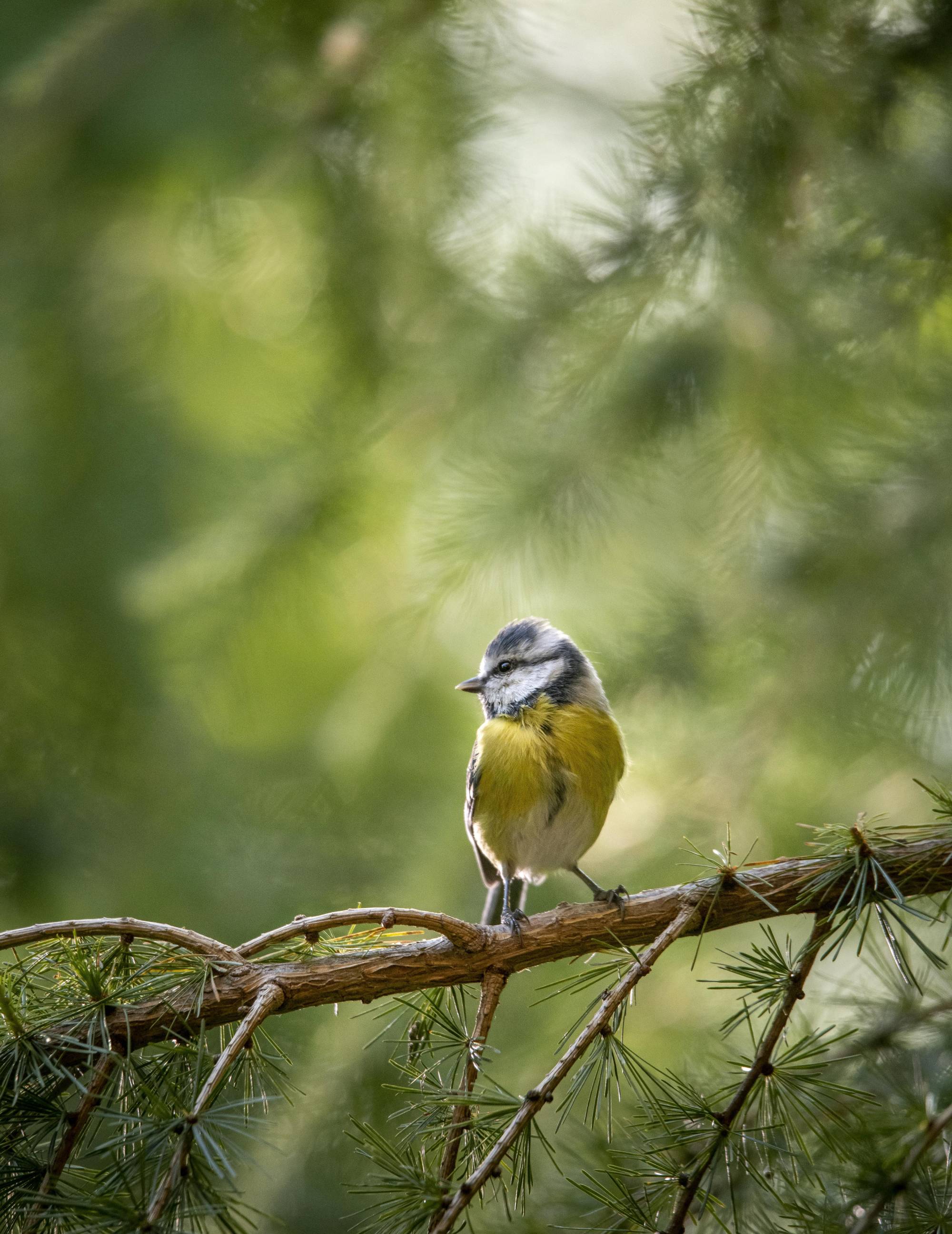Dive into the underground world of the Hotton Caves
Are you ready to be amazed? Come and explore the Hotton Caves, natural jewels of Wallonia located near La Roche-en-Ardenne and Durbuy! You will discover the magnificent work of time and water during the guided tour of this extraordinary site.
Dive into the 70-metre deep Hotton Caves on a guided tour in French, Dutch or English. Lasting 70 minutes, it’s a great experience for families and friends to learn together while having fun. Discover a multitude of stalactites and stalagmites of different shapes and sizes. Along this six-kilometre route, you will see how they are formed and the wealth of resources they contain. You will also notice the subtle and discreet lighting that highlights their varied colours and shapes. An amazing natural spectacle!
The most beautiful caves in Belgium
Full of rare crystallisations, the caves are listed as an outstanding natural heritage site in Wallonia. The Hotton Caves are considered the most beautiful in Belgium and have been awarded two stars in the Michelin travel guide. A proud moment for the region! Tip: don't forget to wear a coat on cooler days. After your visit, relax on the beautiful terrace with its panoramic view while the kids play in the playground.
Copyright pictures: grottesdehotton.be



